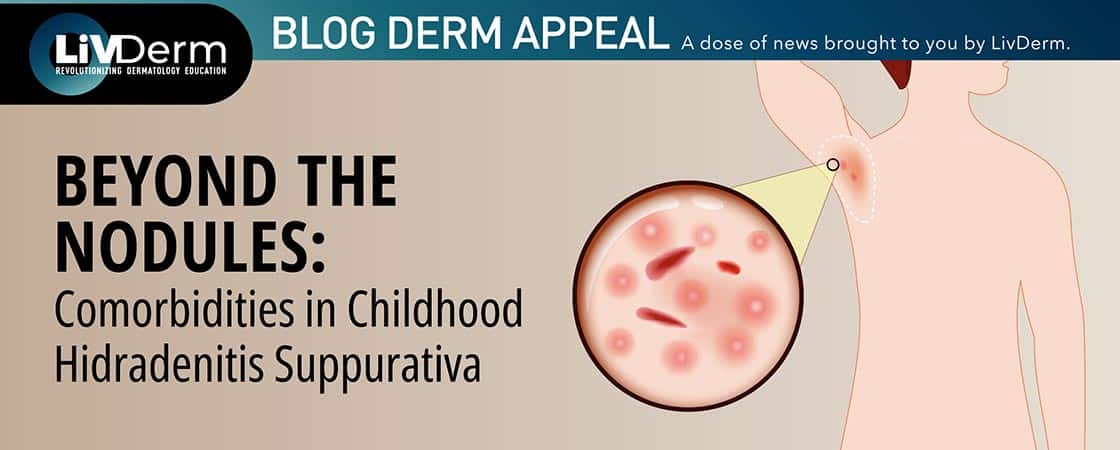In developed countries, approximately 100 million people per year experience scarring as a result of elective, therapeutic, or reparative surgical procedures. Recent surgical and technological advancements made elective surgeries and aesthetic treatments safer and more accessible to patients resulting in increased consumer demand. As the number of cosmetic procedures performed across the globe continues to rise, surgical and aesthetic treatments are increasingly becoming a source of unwanted scars.
While many surgical procedures result in the creation of a wound, some cosmetic procedures, such as microneedling, aim to injure the skin and stimulate a natural healing response to achieve the desired aesthetic results. Infections, dermatitis, and other cutaneous pathologies can contribute to scarring in addition to patient-specific factors and improper scar management. For some patients scarring may be a cause of concern, impacting their satisfaction with elective procedures while also contributing to both physical and psychological repercussions.
Importance of Final Scar Outcome
Whether a procedure is life-saving or conducted voluntarily for aesthetic purposes, patients increasingly value the aesthetic quality of a post-procedural scar as part of a successful outcome. According to a study published in the Journal of Plastic Reconstructive and Aesthetic Surgery, scarring was reported as a major source of dissatisfaction in 91% of patients who underwent a routine surgical procedure.
The final scar outcome can have a significant impact on patient satisfaction – both physical and psychological – depending on the color, size, location, and other aesthetic factors of the scar tissue. Psychosocial effects of scarring have been documented in previous studies and reveal a significant impact on patients’ quality of life. As a result of unwanted scarring, patients may suffer from reduced self-esteem, stigmatization, disruption in daily activities, anxiety, and depression on top of physical side effects – such as dryness, itchiness, stiffness, tenderness, and pain.
Effective management of the healing process is important to ensure post-procedural wounds heal rapidly with minimal pain and a cosmetically acceptable appearance; however, patients often discontinue care upon wound closure which can negatively impact the final scar outcome.
The Skin Healing Process
Although the latest surgical techniques, enhanced post-procedural care, and management practices have significantly reduced the healing time and incidence of scar formation, many scars still result from discontinued, ineffective, or short-term scar management. Once a wound is clean and closed, patients are often encouraged to care for it on their own. Yet, the process of wound healing and scar formation can continue for several months and up to a year after wound closure. During this time, the successful minimization of scarring may be compromised by patient-specific factors and behaviors.
As the standard for scar management and skin care can vary depending on the practice and each procedure may result in different forms of scarring – requiring specific and tailored care – dermatologists are in the best position to help manage wound healing to achieve optimal outcomes. The need for dermatologist involvement in wound management remains; they can help surgeons better manage the wound healing process beyond just wound closure and infection control by promoting effective basic skin care practices.
The Role of Basic Skin Care
Current evidence suggests that basic skin care may play a role in improving final scar outcomes by protecting barrier function, controlling inflammation, and advancing natural healing processes.
Thus far, no systematic reviews or evidence-based studies have been conducted to evaluate the use of basic skin care in postoperative scar prevention, however, the latest research suggests it may be a promising method for advancing natural healing. A team of researchers conducted a systematic review to summarize the evidence for basic skin care and provide practical recommendations to minimize scarring following surgical and cosmetic procedures. The team’s search strategy involved identifying published literature concerning wound formation, pathophysiology, as well as the use of basic skin care in managing scars developed as a result of a variety of surgical and cosmetic procedures.
Published in the Journal of Clinical, Cosmetic, and Investigational Dermatology, the review aims to provide recommendations based on current literature to support continued wound management following invasive procedures, including optimal healing environments, skin care techniques, and patient-specific recommendations.
Optimal Healing Environment
The review notes that the ideal microenvironment for wound healing is one which is clear of debris, infection, and other noxious factors. It highlights the need for maintaining optimal moisture in the wound area as adequate moisture levels create a water barrier and hydrate the epidermis. Post-injury evaporative water loss from the wound surface can be up to four times above that of normal skin and may take over a year to return to normal levels. As such, supporting cutaneous hydration is important to ensure an optimal wound healing environment for scar prevention.
Basic Skin Care
Employing basic skin care techniques – such as the use of hydrating compounds – can help provide a barrier and maintain the moist microenvironment required for optimal skin healing. Currently, silicone-sheets and gels are considered the gold standard for preventing excessive scar formation although, evidence suggests that hydrating creams have equivalent properties and may provide similar benefits. Despite the limited evidence concerning the role of hydrating creams, scar management guidelines highlight the importance of their use to support an optimal healing environment. Furthermore, maintaining skin hydration levels is essential to preserving skin barrier function, reducing itching and discomfort, as well as advancing the healing process overall.
In addition, researchers found evidence of thermal spring waters having anti-inflammatory and immunomodulatory effects which induced skin healing, reducing itching and dermatoses. Although, further research is needed to confirm the impact of certain thermal spring waters on scar management and their potential to enhance the process.
Scar Prevention Recommendations
The latest review identified some of the main patient-specific and wound-related factors influencing scar formation, as well as the role of basic skin care in supporting scar management post wound closure. From the evidence gathered, researchers recommend clinicians consider improving current methods of scar management for patients post procedures – especially in patients at a high risk of hypertrophic or keloid scar formation.
Treatment plans should be tailored to individual patient requirements, while patients themselves should be encouraged to actively participate in wound and scar management to improve long-term aesthetic outcomes. In certain cases, it may be beneficial for surgeons to consult with dermatologists to prevent scar formation. Furthermore, the review recommends scar management techniques be aligned with the level of excessive scar risk, wound shape and location, as well as the patient’s concern about scar formation or appearance.
Alongside a more involved approach to post-procedural skin care management, it is essential to remind patients that the scar remodeling process continues long after wounds have closed, emphasizing the importance of occlusive therapy and sun protection during the healing period.
Key Takeaways
There is a growing need for improved wound healing and scar management techniques – which can be as simple as basic skin care practices – to deliver the desired results in a patient demographic increasingly concerned with the appearance of scars. The support of dermatologists in patient post-procedural care is strongly encouraged to improve aesthetic outcomes and patient satisfaction.

















